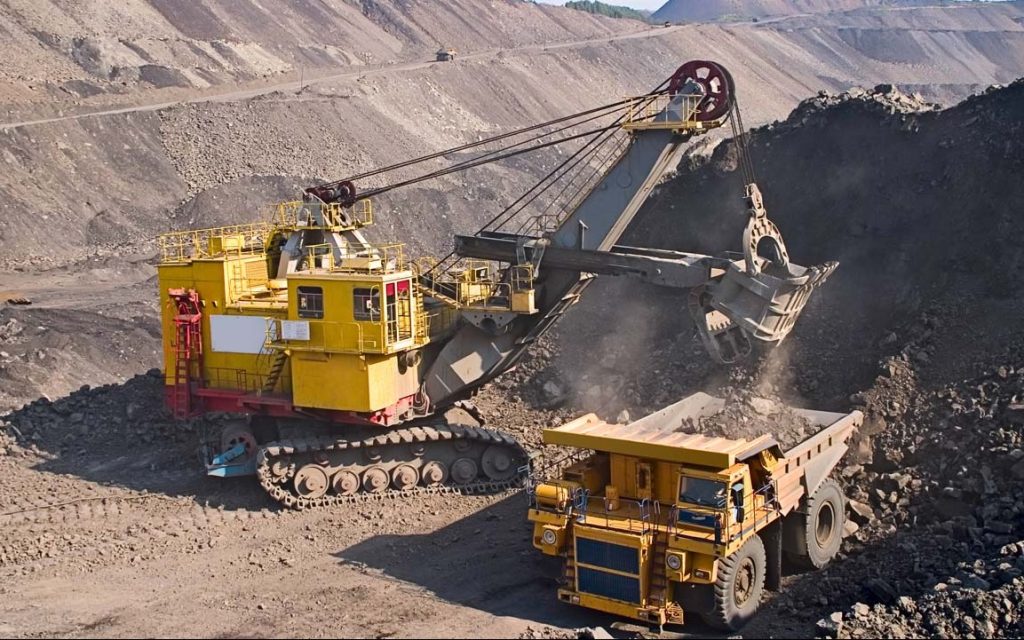Tragedy struck in Nigeria’s mining sector recently, as a devastating mine collapse claimed the lives of several miners and left many more trapped. The incident has sparked widespread outrage and concern, highlighting the urgent need for improved safety measures and regulations in the country’s mining industry.
As the nation mourns the loss of life and grapples with the aftermath of this disaster, we must respond with a comprehensive and coordinated approach. This article outlines the key steps that must be taken to address the crisis and prevent similar tragedies from occurring in the future.
Immediate Response and Relief Efforts
In the immediate aftermath of the mine collapse, the priority must be to provide emergency assistance to those affected. This includes:
1. Search and Rescue Operations: Deploying trained personnel and equipment to locate and rescue trapped miners.
2. Medical Assistance: Medical care and attention to injured miners and affected communities.
3. Food and Shelter: Offering food, shelter, and other essential supplies to displaced persons and affected families.
Investigation and Accountability
A thorough investigation into the cause of the mine collapse is crucial to determining accountability and preventing similar incidents. This should involve:
1. Independent Inquiry: Establishing an independent panel to investigate the incident and identify contributing factors.
2. Regulatory Review: Conducting a comprehensive review of existing mining regulations and laws to identify gaps and weaknesses.
3. Enforcement and Penalties: Ensuring that those responsible for the mine collapse are held accountable and face appropriate penalties.
Long-term Solutions and Reforms
To prevent similar tragedies from occurring in the future, Nigeria must implement long-term solutions and reforms. This includes:
1. Strengthening Regulations: Enhancing mining regulations and laws to ensure that they are robust, effective, and enforced.
2. Improving Safety Standards: Implementing international best practices and safety standards in the mining industry.
3. Providing Training and Capacity Building: Offering training and capacity-building programs for miners, regulators, and other stakeholders.
4. Encouraging Community Engagement: Fostering community engagement and participation in mining activities to ensure that local concerns and interests are addressed.
Conclusion
The mine collapse crisis in Nigeria is a stark reminder of the need for improved safety measures and regulations in the country’s mining industry. As we respond to this tragedy, we must prioritize immediate relief efforts, investigation, and accountability. Moreover, we must commit to long-term solutions and reforms to prevent similar incidents from occurring in the future. The lives and livelihoods of Nigerian miners and communities depend on it.

